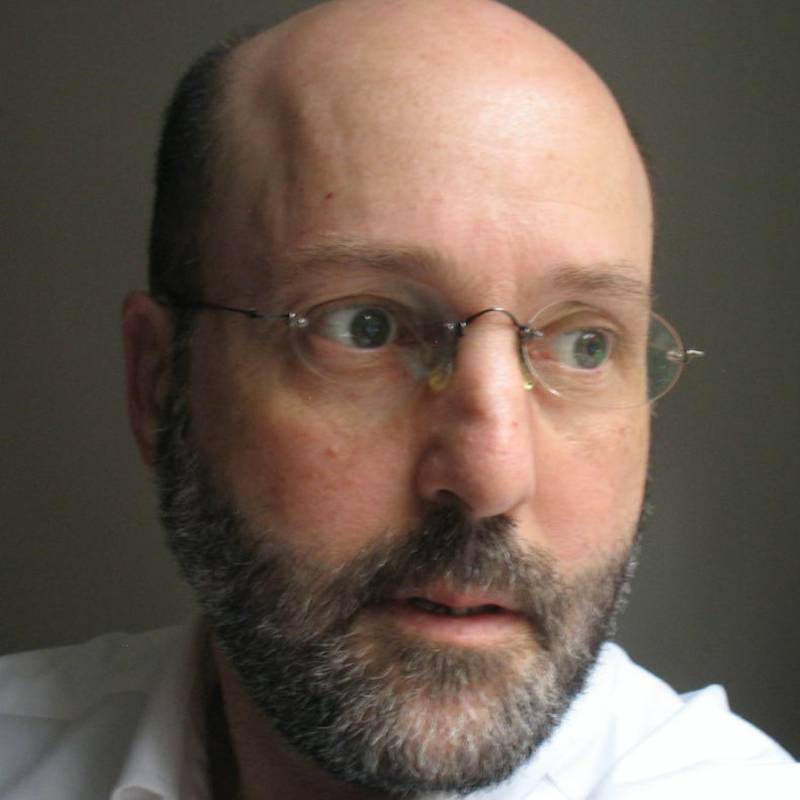Pandemics and wildfires have left earthquakes behind in the threat matrix, but they still loom large. Engineer David Bonowitz has this Perspective on what’s essential in earthquake design.
This week marks the 50th anniversary of the San Fernando earthquake. Engineers learned a lot from San Fernando, especially from the shocking damage at Olive View Hospital. On Feb. 9, 1971, Olive View was a month old, and the earthquake just destroyed it. Stair towers toppled, ambulances were crushed and the five-story concrete structure, with over 500 patients inside, leaned so badly it had to be demolished.
Fifty years ago, all buildings, including hospitals, were designed with the same building code. San Fernando and Olive View changed that. By 1976, the new code classified hospitals, police and fire stations, and emergency operations centers as “essential facilities.” Does that phrase ring a bell these days?
The design goal for these “essential” buildings was to keep them not only safe, but functional after an earthquake. But what about other buildings? Housing, offices, radio stations, even some schools – none of those qualified as “essential.” Even today, the vast majority of “normal” buildings are designed to be safe, but not to reopen on any specified timeline.
Over the last decade, we’ve come to see that beyond safety, the real goal of earthquake design ought to be community resilience, which we can measure as the time it takes to restore the services that define our community. And everyone who’s lived through the pandemic now sees this too – that housing is essential, that the whole food supply chain is essential, that going to work and having kids in school is essential, if not on Day 1, then probably on Day 30, and certainly on Day 300.
